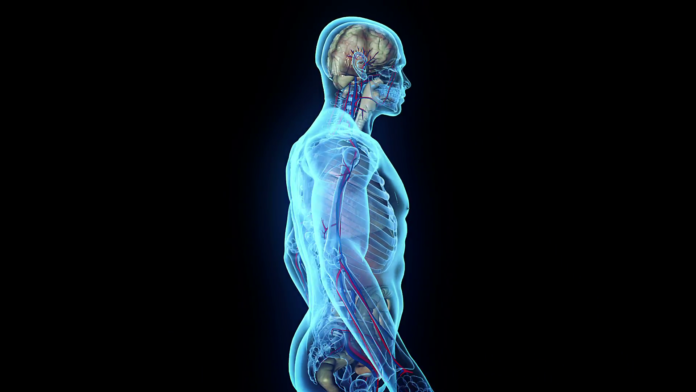Researchers from MIT have been working alongside scientists from Brigham and Women’s Hospital to develop an innovative way to communicate with implants buried deep inside the body. Powered by radio frequency waves, these implants could be used to treat disease, monitor conditions, and deliver drugs to various parts of the body all through using light or electricity to stimulate the brain.
When tested in animals, it was found that the waves were able to power devices that were situated 10cm deep in tissue, from as far away as one meter. “Even though these tiny implantable devices have no batteries, we can now communicate with them from a distance outside the body. This opens up entirely new types of medical applications,” says Fadel Adib, senior author of the paper and an assistant in MIT’s Media Lab.
As there’s no need for a battery, these devices can be minuscule. In this particular study, the prototype the researchers used was about the size of a grain of rice. However, they’re quite adamant it could be made even smaller. Implantable medical devices could be the way forward for monitoring, diagnosing, and treating patients for a multitude of diseases.
Giovanni Traverso is an assistant professor at Brigham and Women’s Hospital, Harvard Medical School, a research affiliate at MIT’s Koch Institute for Integrative Cancer Research, and another author of the paper. In his lab, they are currently working on different ingestible systems that could be used to monitor a patient’s vital signs or deliver drugs when they need it most.
Those implants which deliver an electrical pulse in the brain are used in a technique referred to as deep brain stimulation. Currently, those devices are powered by pacemaker-like implants, but thanks to Traverso and colleagues that could soon be a thing of the past if wireless brain implants are used.
Until now, researchers have found it difficult to develop battery-free devices, meaning they’ve always been big and bulky. But to overcome that the researchers came up with a new system called “In Vivo Networking”, or IVN for short. This system depends on a number of antennas to emit different frequency radio waves. As the radio waves travel they combine with one another in various ways. At certain points where the waves overlap they’re capable of producing enough energy to power an implanted sensor.
“We chose frequencies that are slightly different from each other, and in doing so, we know that at some point in time these are going to reach their highs at the same time,” says Adib. “When they reach their highs at the same time, they are able to overcome the energy threshold needed to power the device.”
The researchers don’t even need to know where in the body the sensor is located for the system to work. Because the power is transmitted over a large area, multiple devices can be powered simultaneously. Whenever the sensors get a burst of power, at the same time, they get a signal telling them to send that information back to the antenna. The researchers say that this signal could also be used to initiate the release of a drug, a pulse or light, or a burst of electricity.
When sensors are buried deep within the body, around 10cms, the researchers found that they could send power from as far away as one meter when carrying out a test on pigs. If the sensor was placed just under the skin’s surface it could be powered from as far away as 38 meters. The next step for the team is to make the delivery of power even more efficient and effective over greater distances.
Image Source: 3D Human body in a loop.
More News to Read
- History of Computer Games: Your Essay VS Controversial Prejudice
- AI is Now More Accurate at Diagnosing Skin Cancer than Dermatologists
- What Technologies should you invest in for the Future?
- Researchers Develop Technique that can Remotely Operate Lab-Grown Heart Cells
- Researchers Get Close Up of Bacteria Signaling Using New ‘Movie’ Technique

